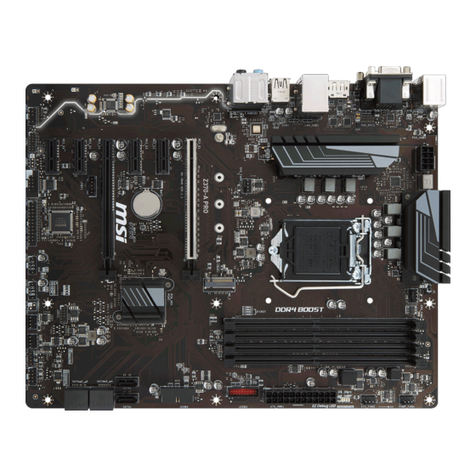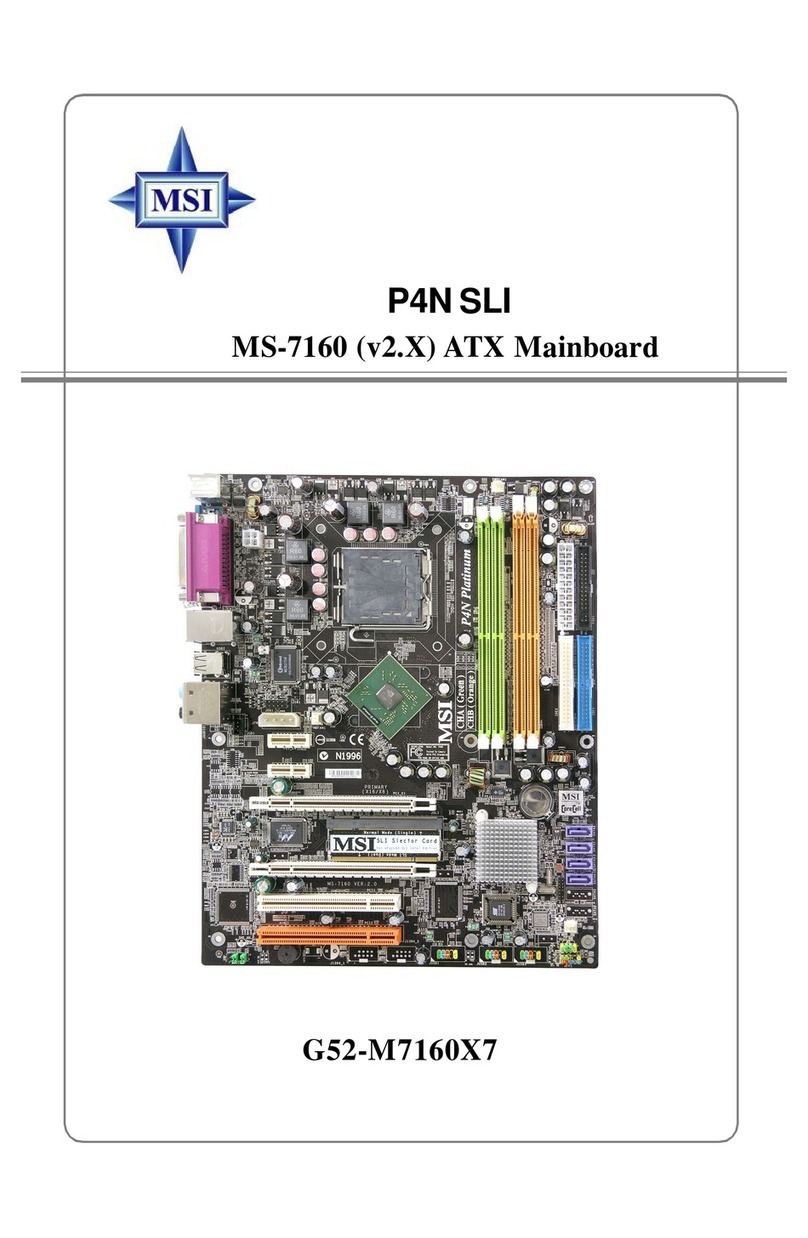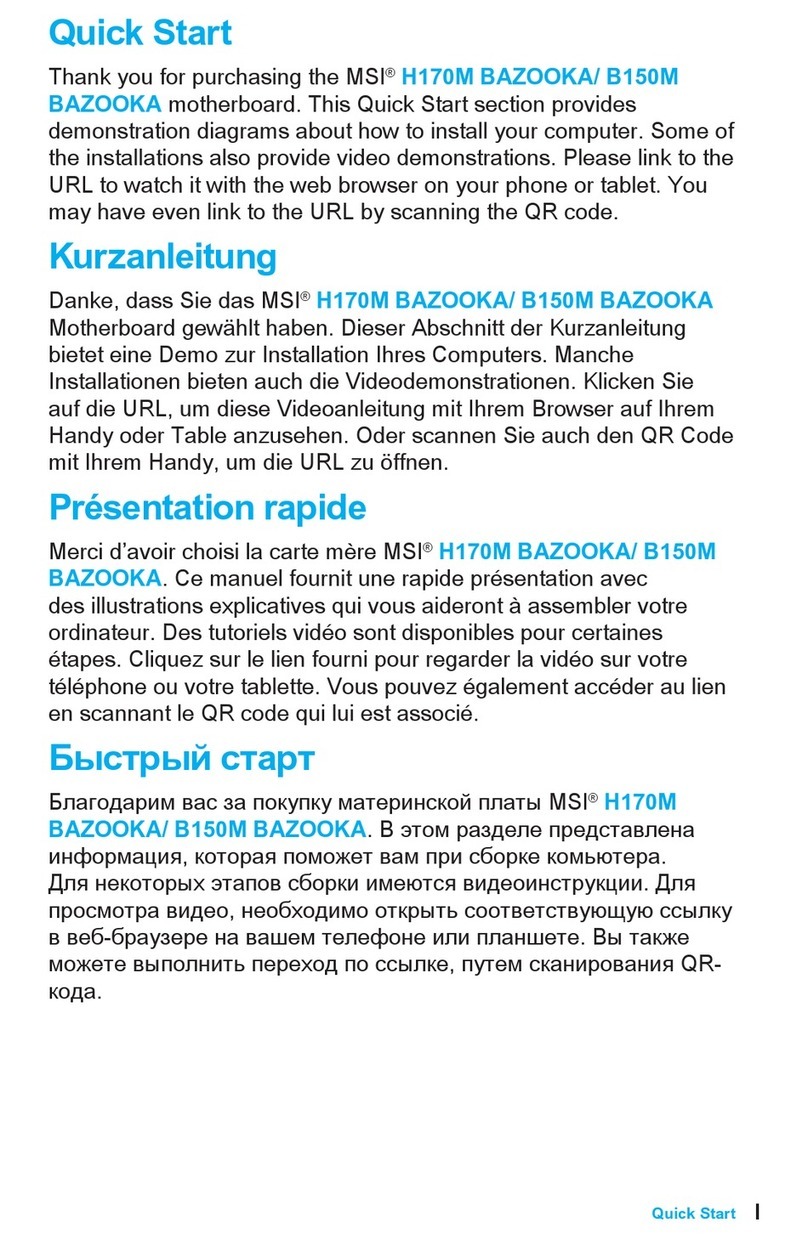MSI 694 MASTER User manual
Other MSI Motherboard manuals
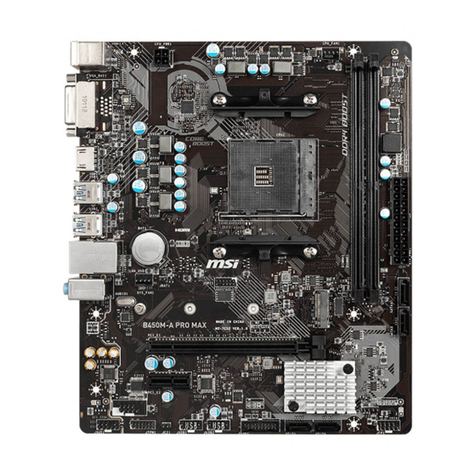
MSI
MSI B450M-A PRO MAX User manual

MSI
MSI Z370 SLI PLUS User manual
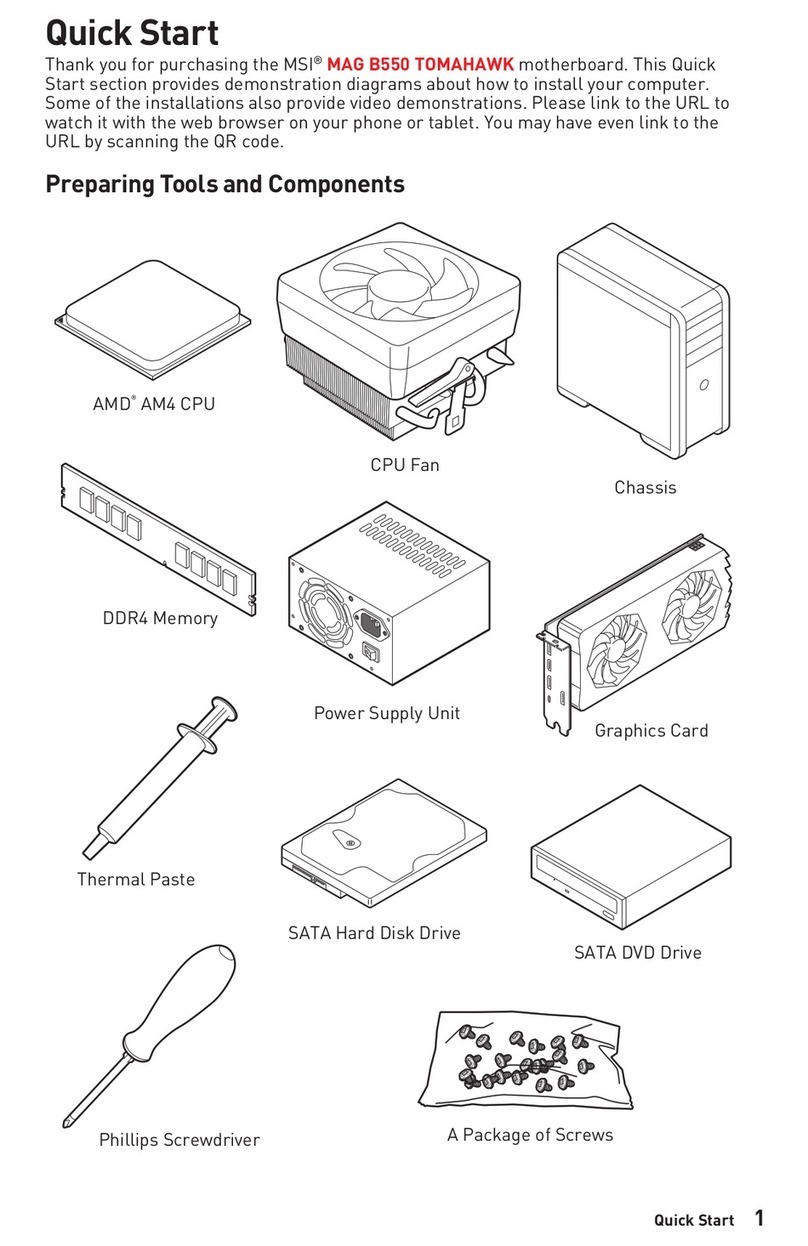
MSI
MSI MAG B550 TOMAHAWK User manual
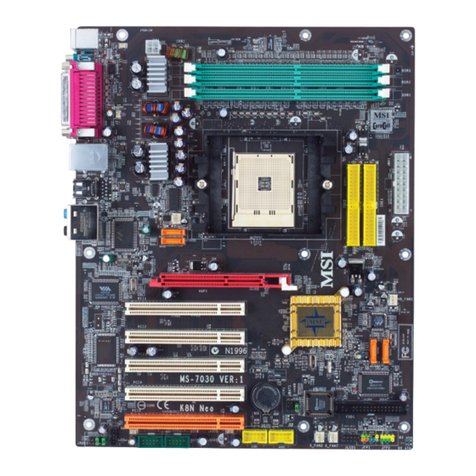
MSI
MSI MS 7030 - K8N Neo Platinum Motherboard User manual
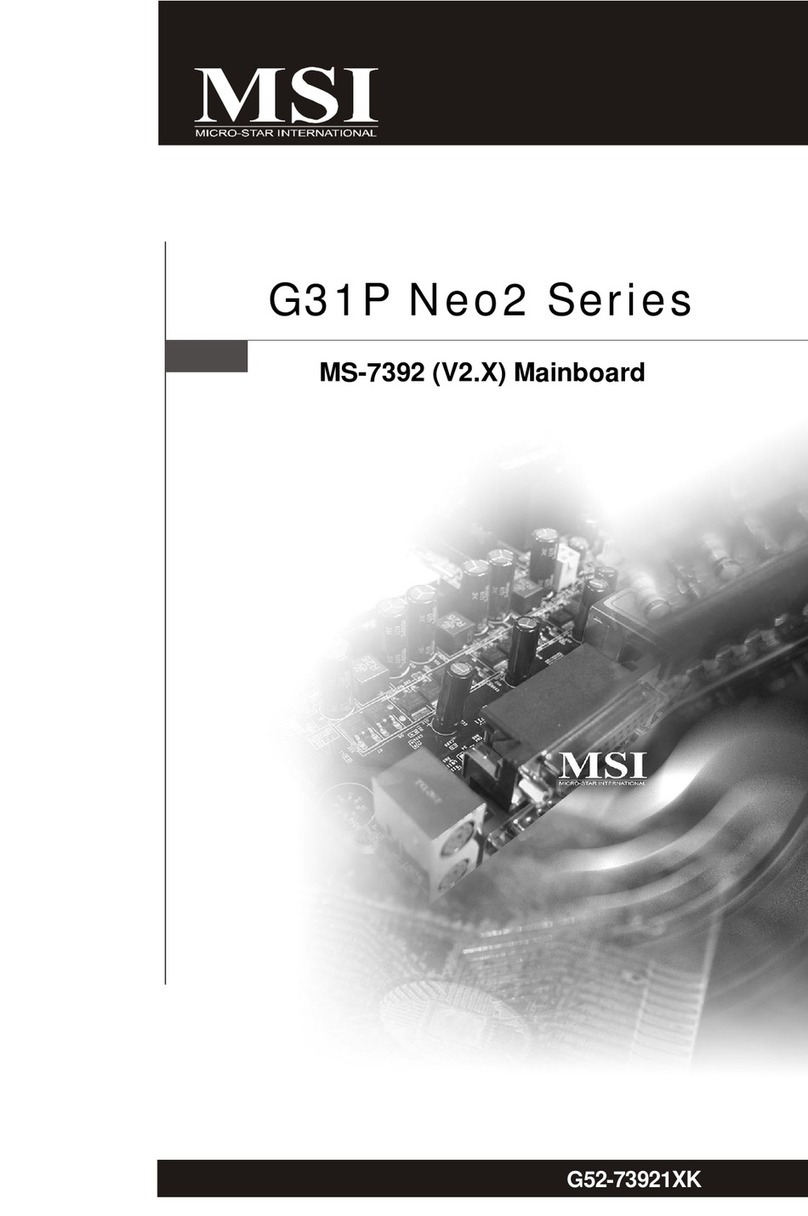
MSI
MSI G31P Neo2 Series User manual

MSI
MSI MS-6380 User manual
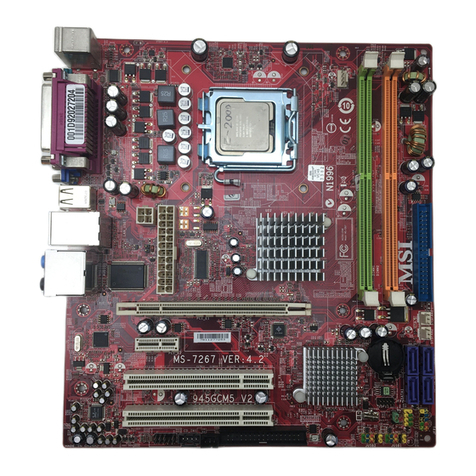
MSI
MSI 945GCM5 Series User manual
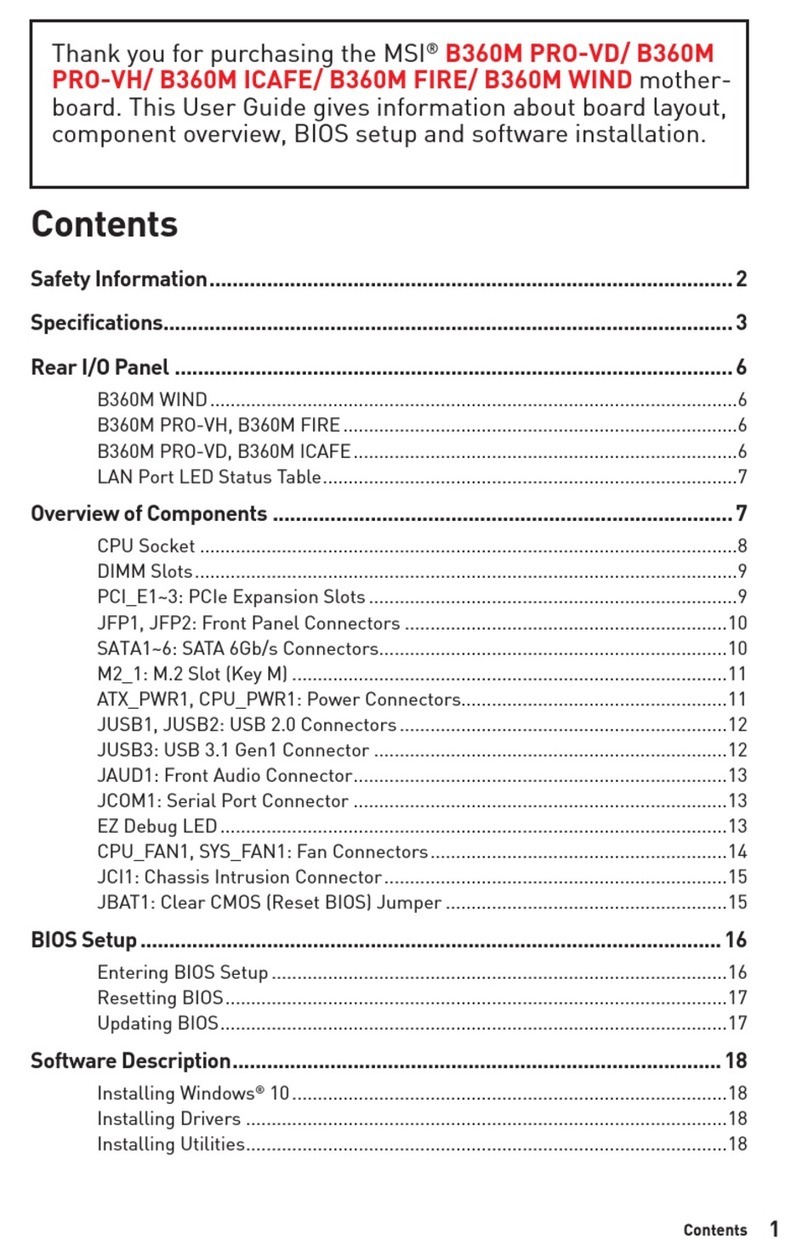
MSI
MSI B360M PRO-VD User manual
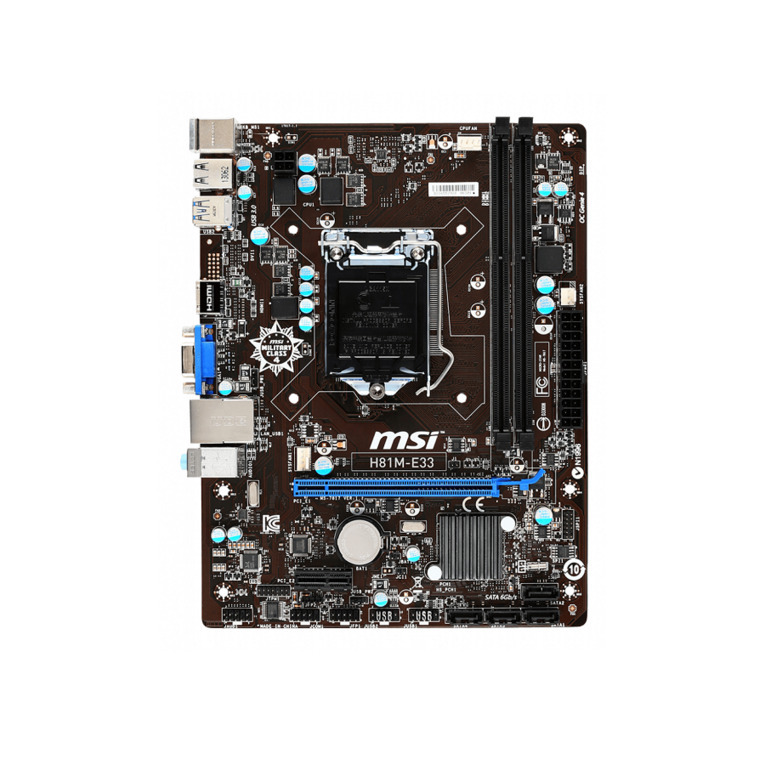
MSI
MSI H81M-P33 Series User manual

MSI
MSI MEG X570 ACE User manual

MSI
MSI B350M GAMING PRO User manual
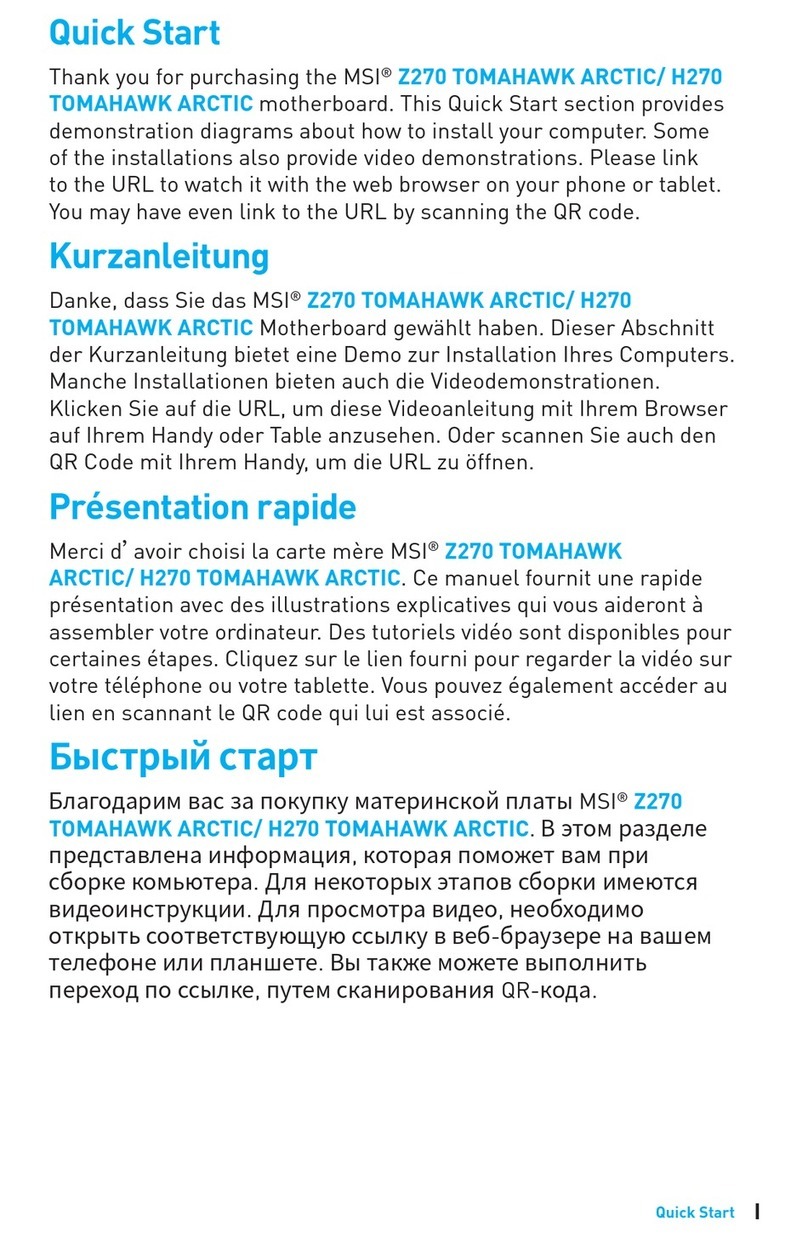
MSI
MSI H270 TOMAHAWK ARCTIC User manual

MSI
MSI P45 Neo Series User manual
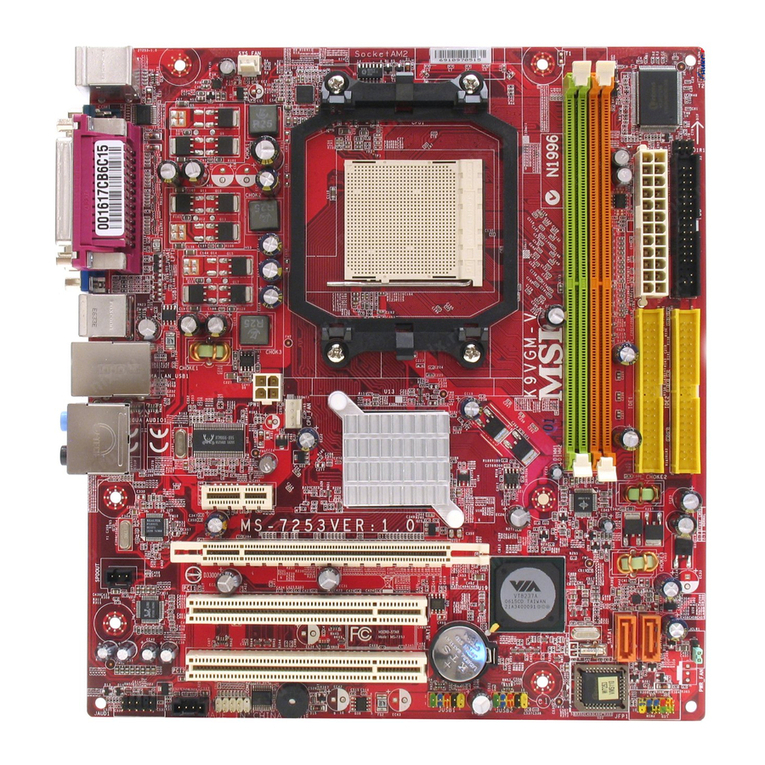
MSI
MSI K9VGM-V Series User manual

MSI
MSI MS-6567 User manual
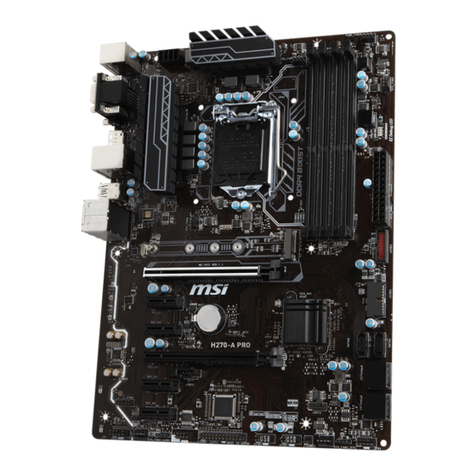
MSI
MSI H270-A User manual
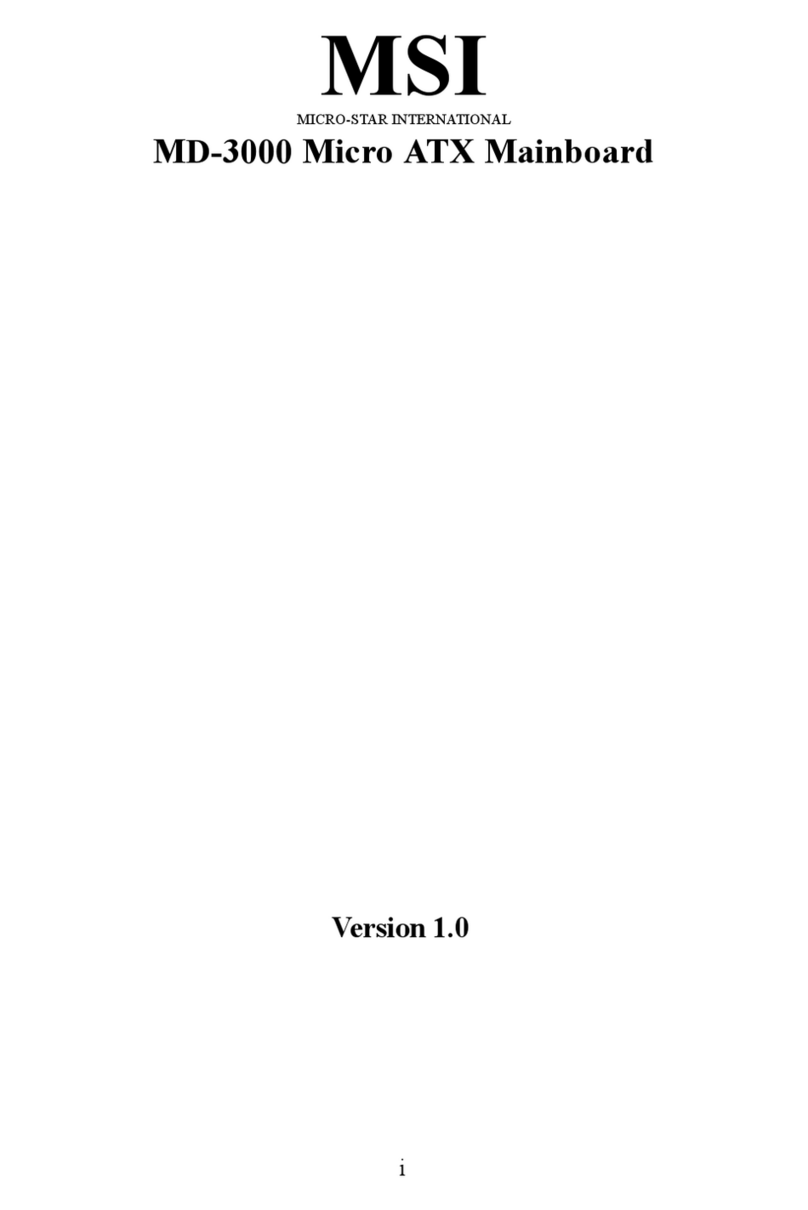
MSI
MSI MD-3000 User manual
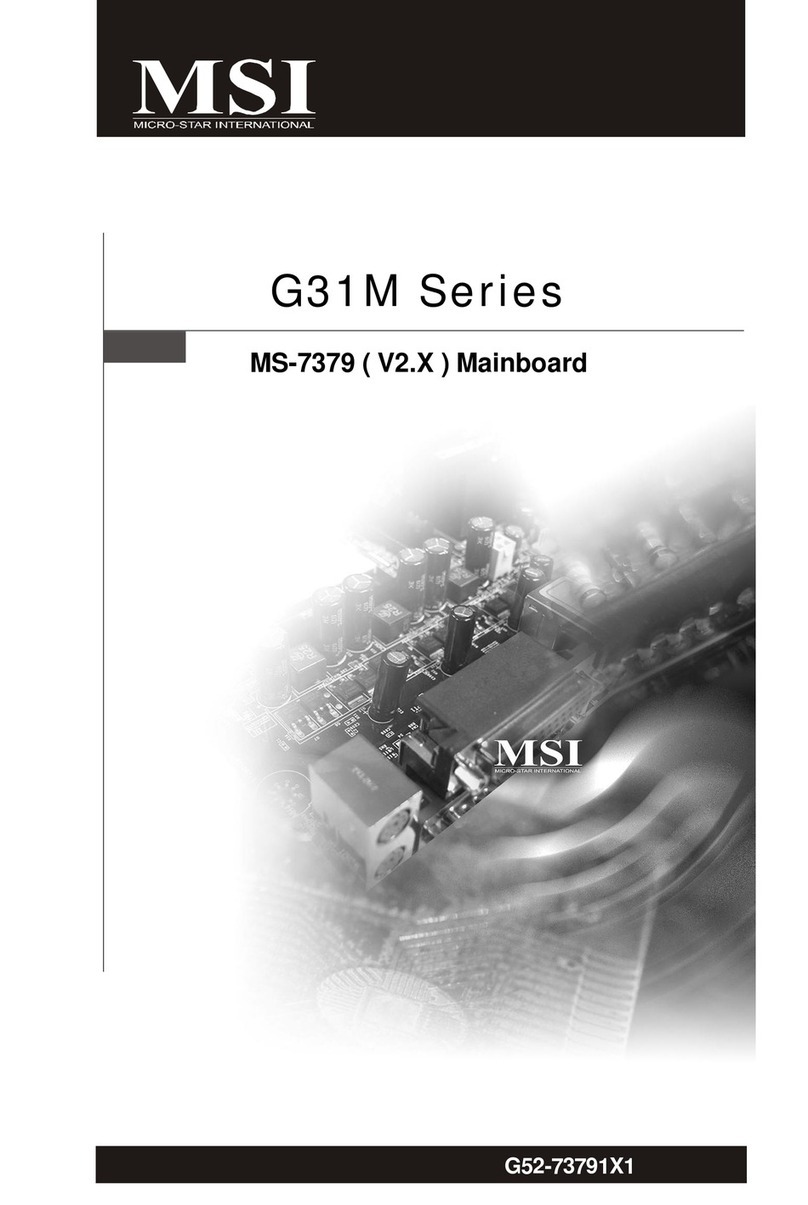
MSI
MSI G31M Series User manual

MSI
MSI A320M-A PRO User manual
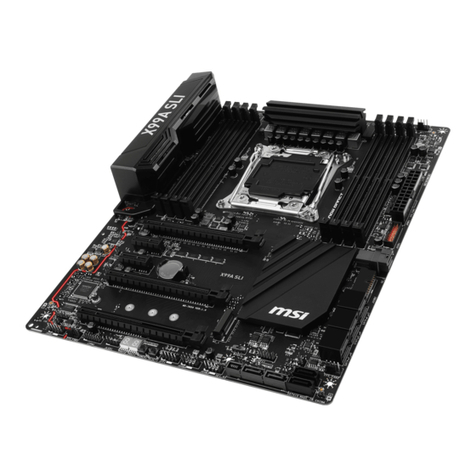
MSI
MSI X99A SLI PLUS User manual

